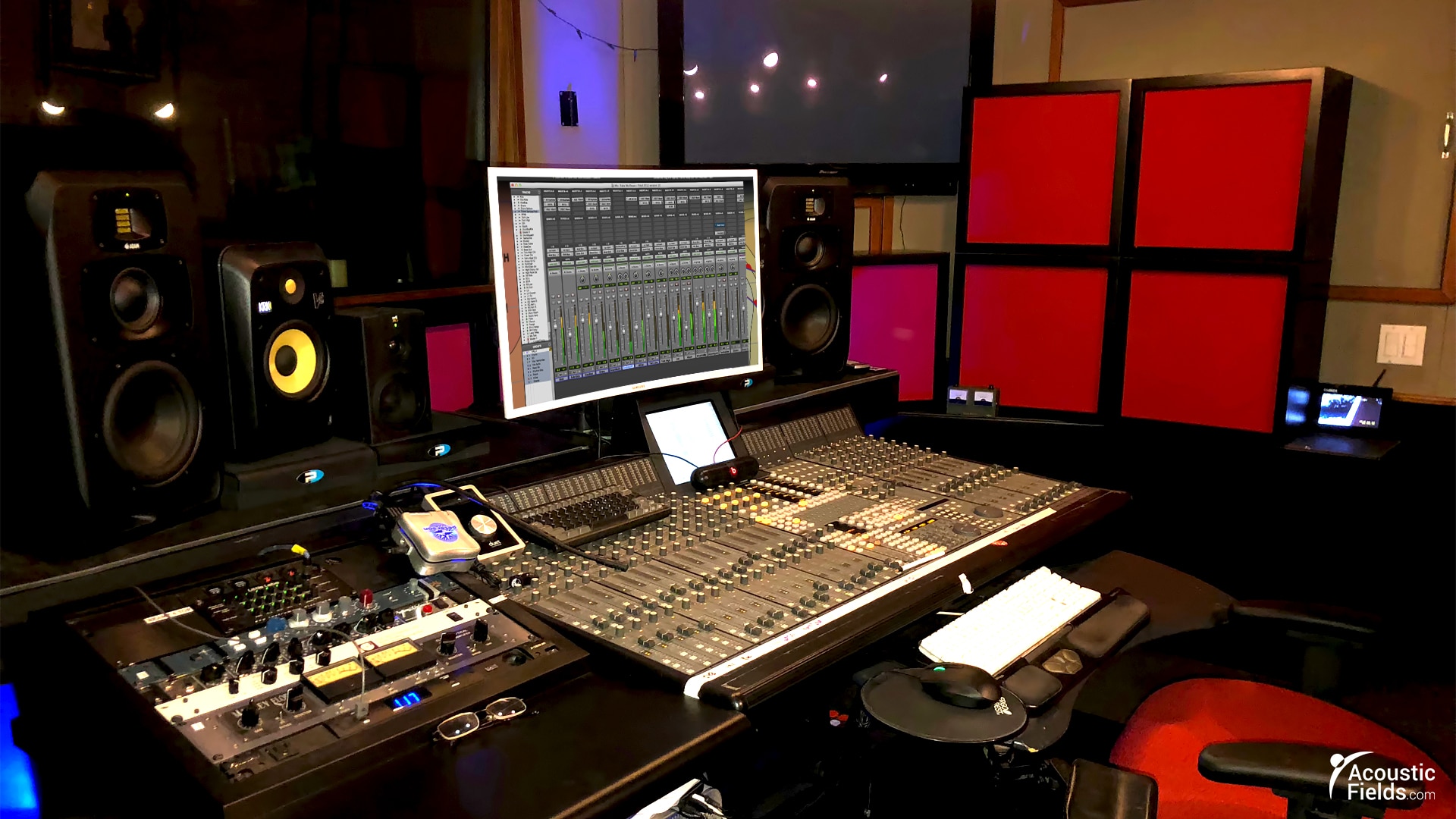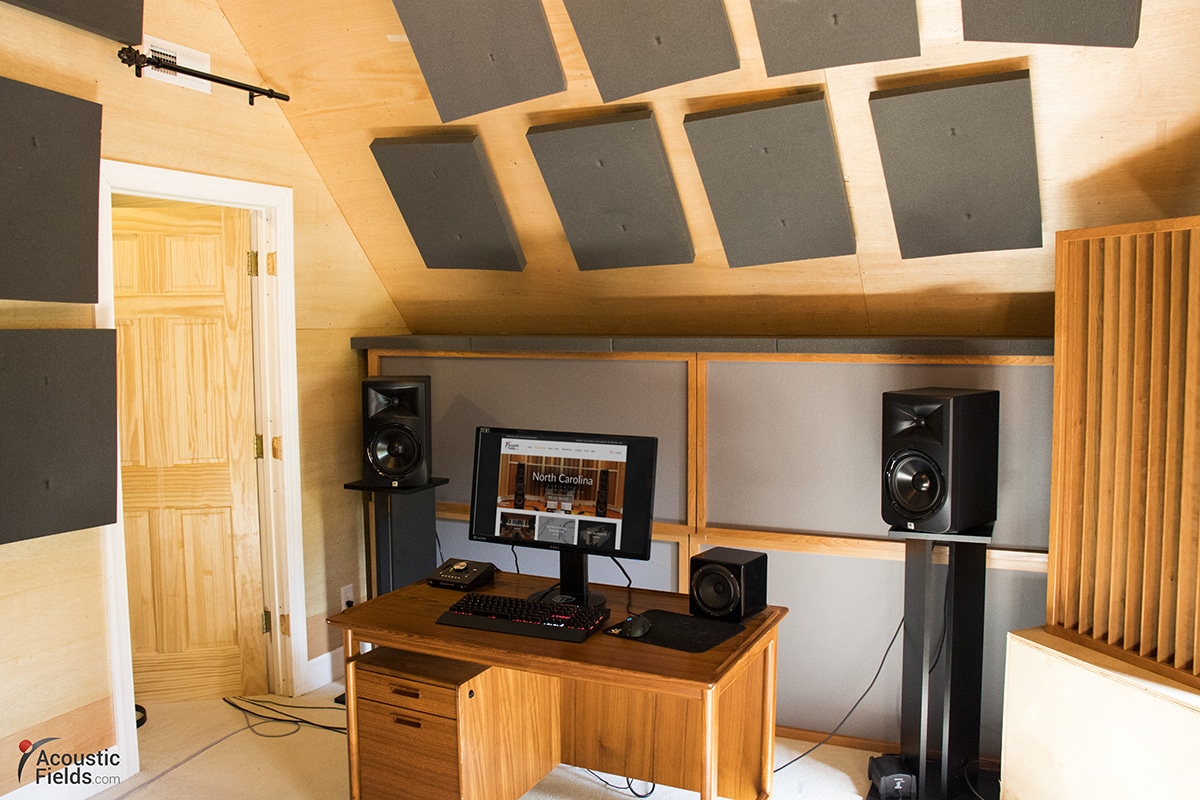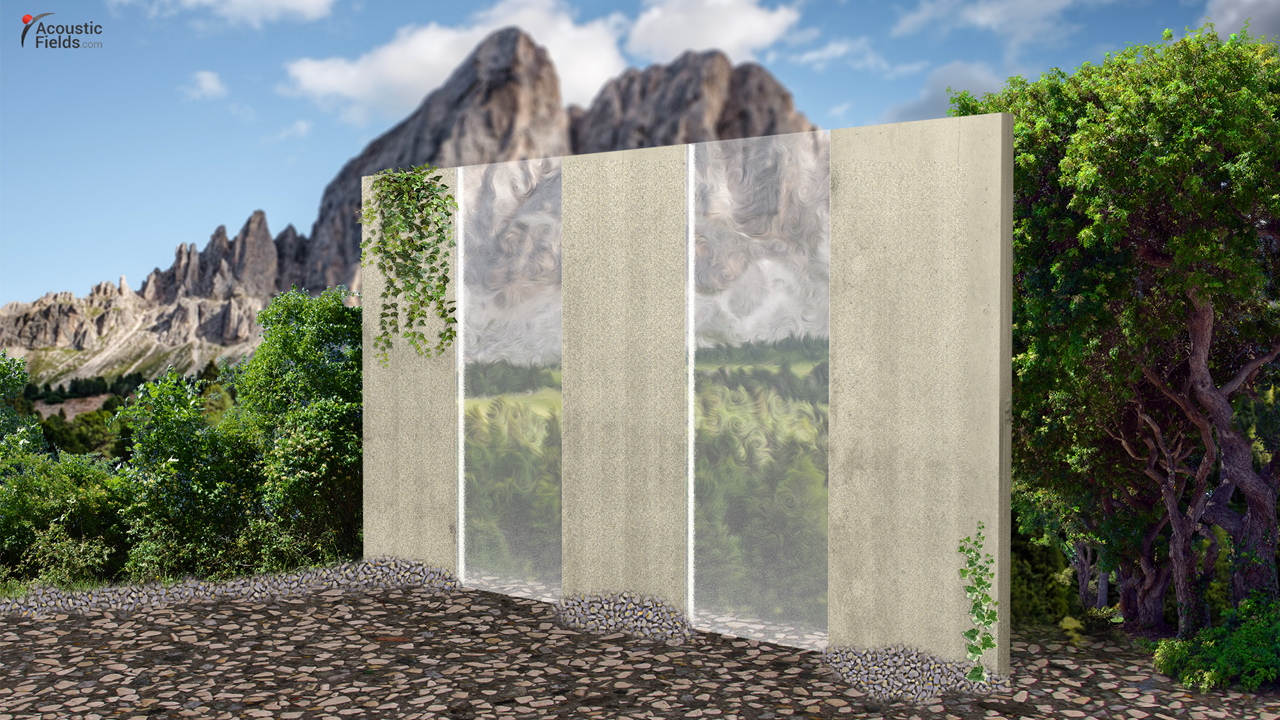Last week I was asked about an acoustic barrier design and what I thought about it (the exact question is in the below video). Well once again with this topic we have another cart before the horse scenario. This particular individual has this idea for a barrier on the surface and it sounds pretty good from a basic construction and material standpoint. It’s got a lot of good things going, he’s got the wedges, the isolation that’s vibrational technology; it’s no longer room acoustics so another science comes into play here.
You can build a barrier but when it touches another surface it becomes a new science. You encounter one science to build a barrier and another science when you put the barrier on a surface. Two different paradigms, two different disciplines. Related? Yes. Overlap? Sometimes, but major differences. So major, that if you don’t do one right, you won’t get the other right and that’s pretty serious.
So this is another situation where this person has thought about their situation a little bit and decided they want to build a barrier. Okay great but why are we building a barrier? How much energy do we have to stop with the barrier? Is the barrier going to be of the right material, construction and depth to deal with the frequencies of the noise that we’re building the barrier for? There’s a whole series of questions that you have to quantify first.
Are we building a barrier for the sake of building a barrier? It’s a good thing to do if you’ve got the time to do it but it’s better to build the barrier to solve a particular problem that you have.
Define the problem you’re trying to solve with your acoustic barrier design
What’s your problem? What frequencies do we have to address with the barrier? What is their amplitude? How strong are they? Is our barrier of the correct material and design and construction to stop those? Remember with barrier technology from our video series (which you can access here if you’re new to this blog), that 125 cycles and up versus 125 cycles and down, you have to follow completely different approaches.
So not only is building the barrier different, but installing the barrier and dealing with the frequencies that barriers deal with are different also. So, I can design you a barrier right off the top of my head that will handle everything above 125 Hz. If you show me a noise study and the barrier needs to be sufficient to stop below 125 Hz., I will bring in an engineer, a structural engineer, to help with the design. So that shows you how complicated it is. It’s not easy and in the below video I go into detail on this in greater depth.
I know the audio forums and people on the forums are saying “Well, just use this and glue this here and do this here”. I almost cringe when I hear that because you don’t just do this here or that there or put this here, that’s not how it is because one simple mistake, unintentional, intentional, I don’t care, but one simple mistake negates all of your efforts!
So it’s very critical to quantify what’s the problem because here’s what you have to realize, the frequencies that you have to build a barrier for, if you have two, if you have a sound source and yourself, a sound source and a receiver, then a barrier is something you put in the middle to block sound. I mean it’s just common sense, that’s called a barrier but the barrier has to be built and designed to deal with the source of energy it’s trying to block. Just makes sense, right?
You wouldn’t put up a sheet of your bed to stop a bass drum. Common sense right? It’s not thick enough, its the wrong material, its not the right density and definitely not the right construction. So convenient yes, effective absolutely not. It’s a waste of time.
Identify the problem frequencies
So you have to identify the frequencies at which the problems are. How great are those frequencies? I received an email from an architect the other day. He sent me a room, a drawing of a room and it’s a control room. And he says, “Well, can you do the design on the room?” and I said “I can”. I said “Do you have other information?” he said, “well, what other information do you require?” And this is an architect. So here’s a person who designs and builds things and they don’t obviously understand the room acoustics and what the energy requirements are.
Where is the room going to be located? Is it going to be located in a residential neighbourhood? How far away is our neighbour? Are we going to be recording drums in the room, bass guitar? Or is it just going to be for mixing? Is it split purpose? Split use? How much noise do we have to isolate and build a barrier to from the outside? Is he located next to a freeway? Is he out in the country side? Is he next to a busy road that garbage trucks are on?
All these issues have to be addressed so we have to quantify our problem and then qualify the technology that we need to address it. When you do that, then you know cost and once you know cost, you can say, “Well I can’t afford that but I can afford this”. Okay, then it becomes a matter of, how much of the problem can you address with the financial wherewithal that you have and sometimes that’s not enough.
You’re going to have to just live with those issues but my job is to help you understand the problems that you’re going to have, how to address them and deal with them and then if you can’t do that, well then you have to decide how much of those problems you can live with and that’s okay too, nothing wrong with that. A wise man is wise because he realizes his limitations, that’s what makes him wise.
No truer statement could be said of room acoustics, but unfortunately, everybody’s kind of off in another direction and once the train gets rolling down the track, there’s a natural tendency to want to build. I get that, I’m that way too, but stepping back and saying, wait a minute, why am I building and what am I building and for what reason am I building? It makes the build much more rewarding and cost effective.
In Summary
I hope this discussion and the videos helped. If you would like me to analyse your room for free, please complete the room acoustic form here and I can take a look at the problems you are up against. And if you want to learn more about room acoustics, you can access my free ebook and private training videos by signing up here.
Thanks
Dennis







